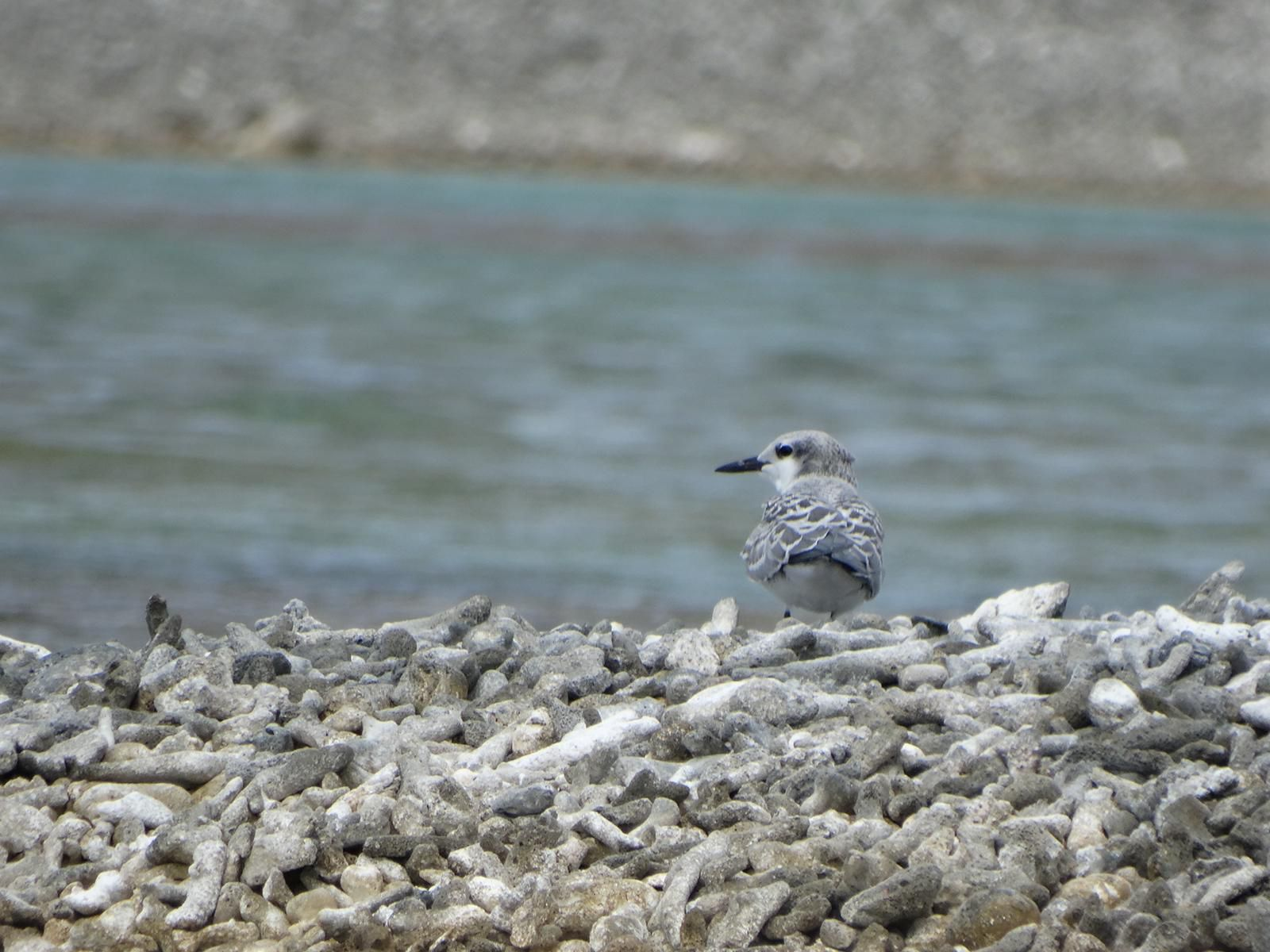Sea levels around Hawai’i are unusually low, and have been for some months.
Experts aren’t sure why. They are pretty sure they’ll
come back to normal, and higher. But because they’re not sure precisely why,
they also can’t be sure when.
My canoe paddling clan in recent month has noticed that low
tides have seemed really low. Like, mud flats where there’s normally water. Others may be seeing reefs where there's normally water. And seeing beaches bigger than they were last year.
To figure this out, I called Chip Fletcher, who didn’t know,
but knew who would. Fletcher is the interim dean at the University of Hawai’i Mānoa
School of Ocean and Earth Science and Technology. He’s the go-to guy on
impacts of sea level rise in the Islands.
He suggested calling the university’s Sea Level Center,
where associate director Matthew Widlandsky confirmed what we’d been seeing.
“You are right about the sea levels this year around Hawaii
being lower than in recent years,” he wrote.
But while he and his colleagues have a theory about the reasons, nobody’s actually gone out and done the work to prove them. “We have not yet studied this event in detail,” Widlansky said.
One theory is that it’s associated with cooler water in the central
Pacific, in connection with our just-ended three-year La Niña. Cooler water is
denser, meaning it takes up less volume.
One of the several drivers of sea level rise is warmer water
expanding, and this would be the reverse, a temporary situation in which cool water
contracts.
But there might be more to it than just that.
We’ve experienced this kind of condition before in connection
with El Niño (warm conditions) and La Niña (cooler conditions) climate cycles.
A study in 2020 reviewed a 2017 period when we were having super-high tides.
Widlansky was a co-author of an article on that study,
published in the Journal of Climate. Other authors were Xiaoyu Long, Fabian
Schloesser, Philip R. Thompson, H. Annamalai, Mark A. Merrifield and Hyang Yoon.
“Hawaii experienced record-high sea levels during 2017,
which followed the 2015 strong El Niño and coincided with weak trade winds in
the tropical northeastern Pacific,” the authors wrote.
“During August 2017, the Honolulu Harbor tide gauge recorded
the highest monthly average water level since records began in 1905.” That record was 17 centimeters, or more than half a foot higher than expected.
That said, high sea levels don’t always follow strong El
Niño events, and didn’t after the strong 1997 event. So there’s something else also going on. Maybe winds. Maybe other stuff.
“The processes controlling whether Hawaii sea levels rise
after El Niño have so far remained unknown,” they wrote.
In 2017, "the high sea levels were caused by the superposition, or
stacking, of multiple contributions.”
The high sea levels associated with the 2015 strong El Niño
lasted from 2016 until the end of summer in 2017, and then tapered off.
The current low water is just a couple of inches lower than normal, and it's different in different locations.
It is not clear how long the current low stand of Hawaiian
water will last.
© Jan TenBruggencate 2023
